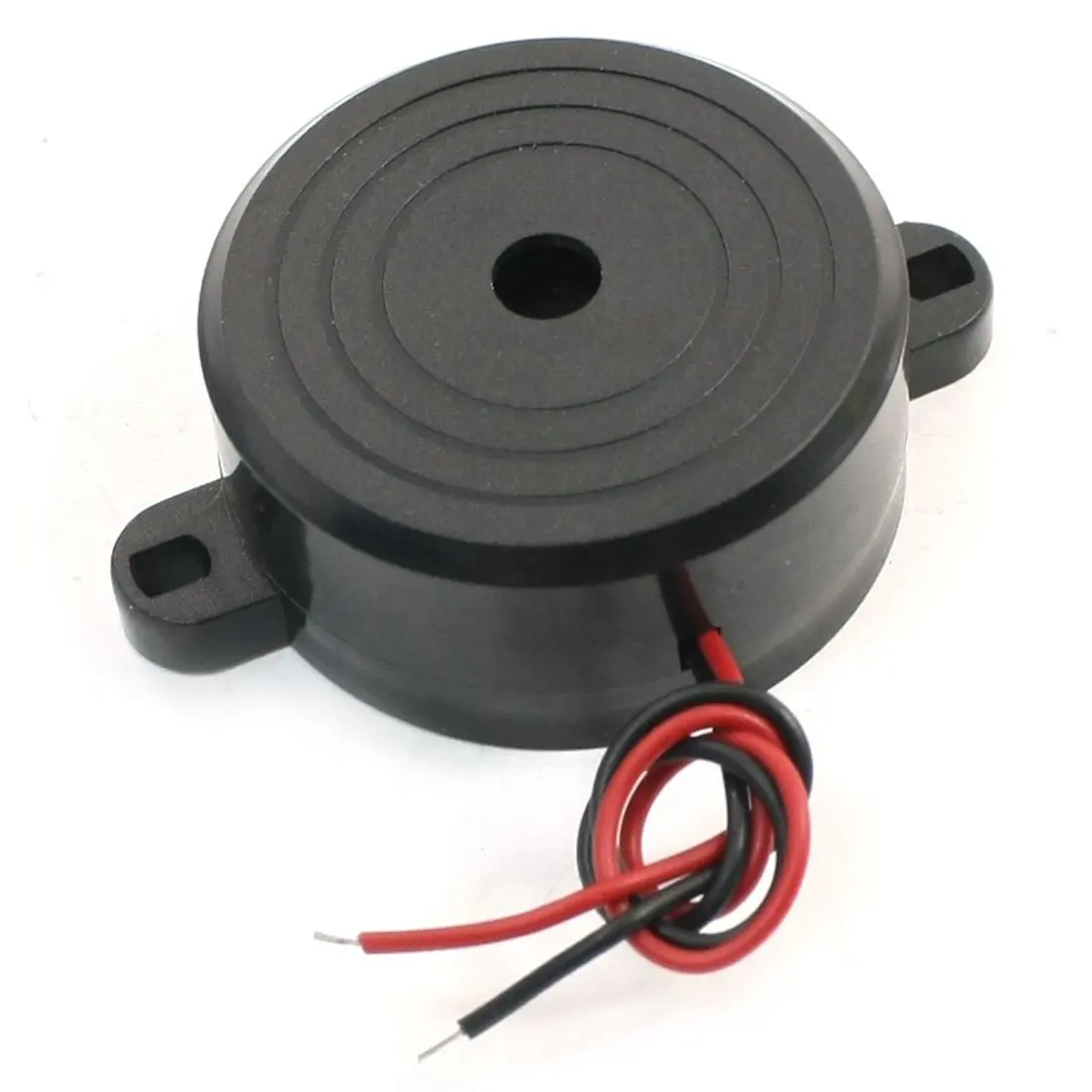

Typically, lighter yet stiffer materials and more flexible suspensions yield higher resonant frequencies. Depending on the material used for the cone, the thickness of the suspension, and the size of the electromagnet, the resonant frequency will vary.

There is also an electromagnet magnet attached to the rear of the cone that affects the weight. Standard speaker constructionĪs mentioned, standard speakers have a cone connected to a frame via a suspension. However, there are many ways that speakers are manufactured, and the materials used and how they are mounted makes each speaker type yield different resonant frequencies. In the case of a standard speaker, the mass under consideration would be the cone (or diaphragm) and the stiffness would be dependent on the flexibility of the suspension that connects the cone to the frame. Mechanical resonance is affected by weight and the stiffness that connects different masses together. For audio sources such as buzzers or speakers, it maximizes SPL but also can contribute to unwanted harmonics, which at times creates an annoying buzz and rattle with the enclosure or surrounding objects. It enables the basic function of LC tank circuits and crystal oscillators, yet it can cause self-destruction in the case of machinery. A speaker will have a resonant frequency at which it is most efficient at converting the input electrical power to audio output power.Īs with so many system attributes, resonance can be good and utilized to emphasize a desired attribute, or a problem that needs to be managed and even suppressed.A piezoelectric crystal oscillator providing a system or synthesizer clock is an example of electromechanical resonance.In electronics, a stimulated LC filter will resonate as a tuned tank circuit to establish an operating frequency.In mechanical systems, a machine may shake and vibrate excessively at its resonant frequency as its motor speed increases from lower to higher RPMs.Some lasers utilize resonance based on reflections between opposed mirrored surfaces.A child’s swing represents a resonant pendulum with frequency determined by the length of its rope.

Here are just a few examples of resonance in practice: Resonance is a physical phenomenon which appears in many forms and can occur anywhere in the frequency spectrum from low audio to GHz-level RF frequencies. The frequency at which this vibration occurs is known as the resonant frequency, designated F0. Resonance occurs when a physical object or electronic circuit absorbs energy from an initial displacement or source, and then maintains the resultant mechanical or electrical vibrations without an additional force or energy acting on it. What is Resonance and Resonant Frequency?
PIEZO BUZZER FREQUENCY RESPONSE HOW TO
This blog will provide a review of resonance-related issues including resonant frequency, factors affecting resonance in audio devices, how to use a frequency response curve, and challenges related to self-resonance in buzzers and speakers. Electrical, mechanical, or mixed-mode resonance can be leveraged to provide design benefits or can be detrimental and negatively impact overall performance. Nearly all engineers are familiar with the concept of resonance and its many implications in system design.


 0 kommentar(er)
0 kommentar(er)
